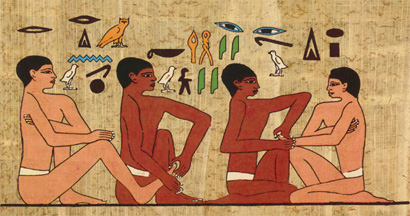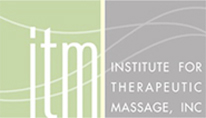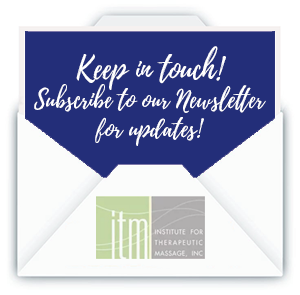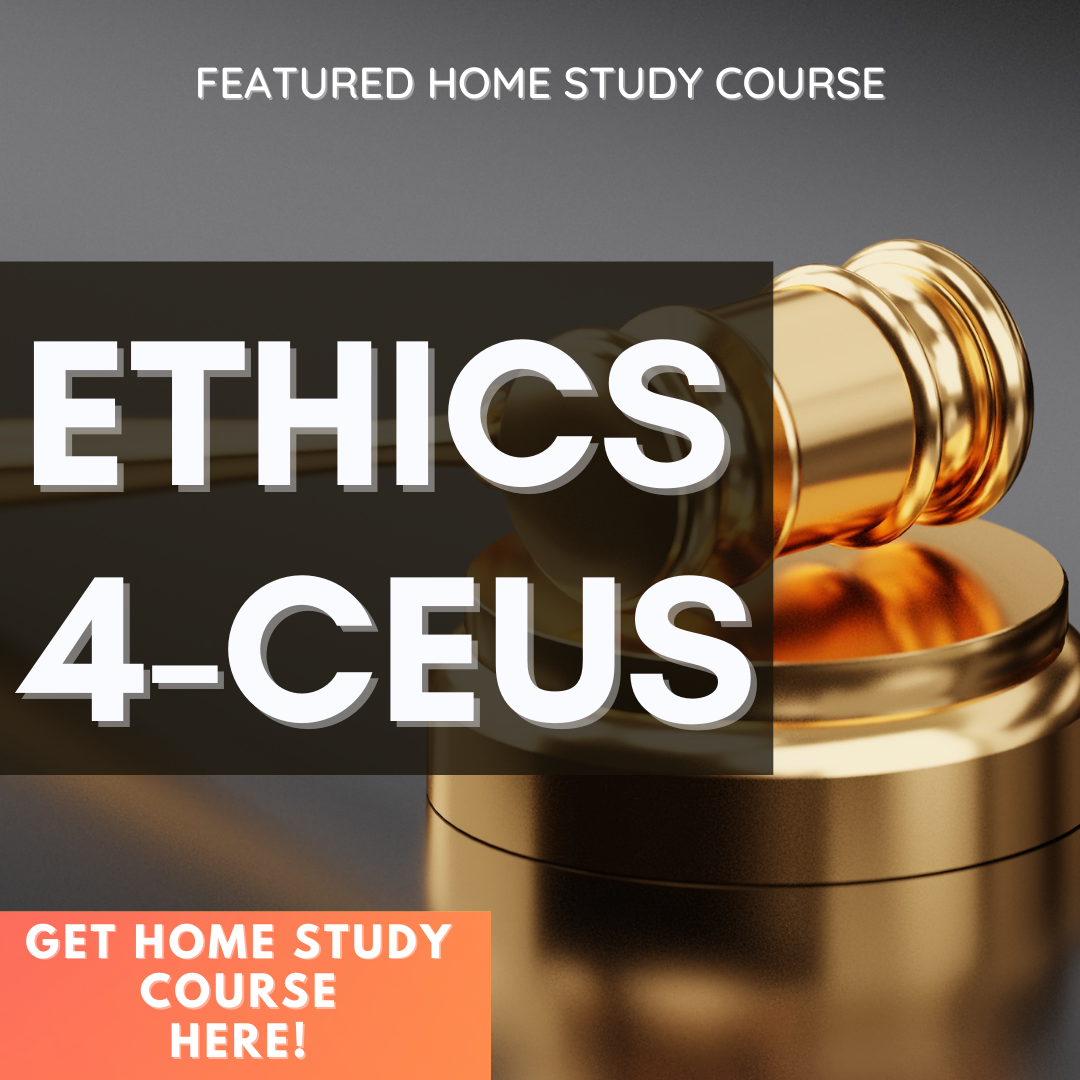
The history of massage is vast and varied. Massage is one of the oldest forms of healing, and the practice of massage is literally prehistoric. With such a multi-faceted history, the scope of the evolution of massage therapy is quite broad. Massage has served many purposes, including recreation, relaxation and enjoyment. And, for thousands of years, massage has evolved into a therapeutic and medicinal practice.
This blog post is the first in a series on the history of massage. Because massage is too complex to summarize briefly, we will feature some of basic highlights in the history of massage throughout time.
Today we begin with some of the ancient roots of massage therapy and bodywork. Before we begin, one very important thing to note: there is a lot of inaccurate information about the history of massage! Especially when we look at the ancient and prehistoric roots of massage, which touches every corner of the earth, or when we look at records from prehistoric periods, it seems some things have been lost in translation from different cultures. When learning about massage history, be sure to check your facts.
In this first installment on the history of massage, let’s begin by looking at some of the earliest pieces of evidence about the roots of the evolution of massage.
First, we will look at social grooming in the animal kingdom. In some ways, the social grooming behaviors we see in other animals is some of the loudest speaking evidence about how ancient the practice of massage really is! Next we will briefly review some of the pre-modern highlights in the history of massage.
An Evolving Tradition: Massage & Social Grooming
Perhaps no evidence speaks as loudly to the ubiquity of massage than what we see in the animal kingdom. Many animals groom each other in the form of stroking, scratching, and massaging.
This activity, referred to as social grooming, often serves to remove foreign material from the body to promote the communal success of these socially active animals. There exists a wide array of socially grooming animals throughout the kingdom, including: primates, insects, birds, rodents, horses, cattle, cleaner fish and bats.
A growing body of research discusses social grooming in non-human animals, and specifically primates. Some theories hold that mammalian social grooming reflects consolatory behavior, such as comforting other animals or as a way to apologize. Other research examines the utilitarian purposes of social grooming, such as in a trade for resources like food or to maintain communal hygiene. Further, research suggests stress-reduction outcomes because of social grooming as measured in cortisol levels. Other research shows correlations between social grooming and changes in the brain’s release of oxytocin or even endogenous opioids.
Pre-Historic & Ancient Records
Archaeological evidence in many civilizations—including China, India, Japan, Korea, Egypt, Rome, Greece, and Mesopotamia—attests to massage’s ancient and widespread roots.

For example, inscriptions at the Tomb of Akmanthor (also known as “The Tomb of the Physician”) in Saqqara, Egypt dating back to 2330 BCE depict two men having presumably massaging one another’s hands and feet.
There are even primitive drawings of acupuncture points and meridians from the Neolithic (stone) Age of prehistoric China.

A millennium later, we begin to see the ancient roots of massage therapy. In India, textbooks on Ayurvedic healing practices, written between 1500 BCE-500 BCE, describe touch therapies. The Chakra energy system emerged in ancient India in The Vedas, also known as the Books of Knowledge, from 1700 BCE-1100 BCE. The energy anatomy of ancient Hindu and yoga traditions involve the chakras (energy flows) and nadiis, or channels, though which the life force (prana) flows.
In China, most likely during the late Warring States period between 475 BCE-221 BCE, the Huang Di Nei Jing was composed. This ancient Chinese medical text is also known as The Nei Jing or Yellow Emperor’s Inner Canon and has been treated as the fundamental doctrinal source and most important written work for Traditional Chinese Medicine for more than two millennia. Massage is referred to in 30 chapters of The Nei Jing, with different massage techniques specified for the treatment of different ailments and injuries.
Other ancient mentions of massage include:
- 762 BCE: In the Illiad and the Odyssey, massage with oils and aromatic topicals is mentioned as a means to relax the weary limbs of warriors and aid wound healing
- 700 BCE: Bian Que, the earliest known Chinese physician uses massage in medical practice.
- 500 BCE: Jīvaka Komarabhācca. According to the Pāli Buddhist Canon, Jivaka was Shakyamuni Buddha’s physician.Jivaka is mistakenly credited with founding and developing a style of massage that led to the type of massage practiced in current-day Thailand. He was a doctor and a surgeon, but not a massage therapist.
- 493 BCE: A possible biblical reference documents daily “treatments” with oil of myrrh as a part of the beauty regimen of the wives of Xerxes (Esther, 2:12).
- 460 BCE: Hippocrates, the father of modern medicine, wrote “The physician must be experienced in many things, but assuredly in rubbing”. . He called it anatripsis, which means “to rub up.” He stroked the extremities upward, toward the heart, to increase circulation. (In case you’re wondering, “rubbing down” was a prior method used by priest-physicians to remove spirits or invading sickness. Unlike anatripsis, this technique requires the limbs to be stroked towards the extremities.)
- 300 BCE: Charaka Samhita believed to be the oldest of the three ancient treatises of Ayurvedic medicine, including massage. Sanskrit records indicate that massage had been practiced in India long before the beginning of recorded history.
- 581 AD: Dr Sun Si Miao introduces ten new massage techniques and systematized the treatment of childhood diseases using massage therapy.
- 581 AD: China establishes a department of massage therapy within the Office of Imperial Physicians.
A couple of other interesting facts about pre-modern massage:
- French missionaries introduced Chinese massage techniques to Europe in 1776. They translated the Nei-Jing, which contained a wealth of medical plants, exercises and massage techniques. In fact, many massage techniques are still known by their French name, such as effleurage (light strokes used in Swedish massage), petrissage (classic kneading also used in Swedish massage), and friction (a deep tissue technique).
- In ancient Greece, Olympic athletes received special massage treatments after their workouts. The servants who provided this ritual became very knowledgeable about muscles and muscular activity during exercise, and can be thought of as the very first athletic trainers.
- An ancient Egyptian pictograph depicts a healer tending to the weary feet of soldiers after the Battle of Qadesh (a much-need treatment, considering the battle is thought to be the largest battle of ancient time, involving over 6,000 chariots).
- Roman Emperor Octavian complained about Mark Anthony’s devotion to Cleopatra, and was especially bothered by reports of him massaging her feet in view of their company.
Conclusion
The history of massage therapy is far and wide. Stay tuned for more features in different blog posts in our history of massage series.



